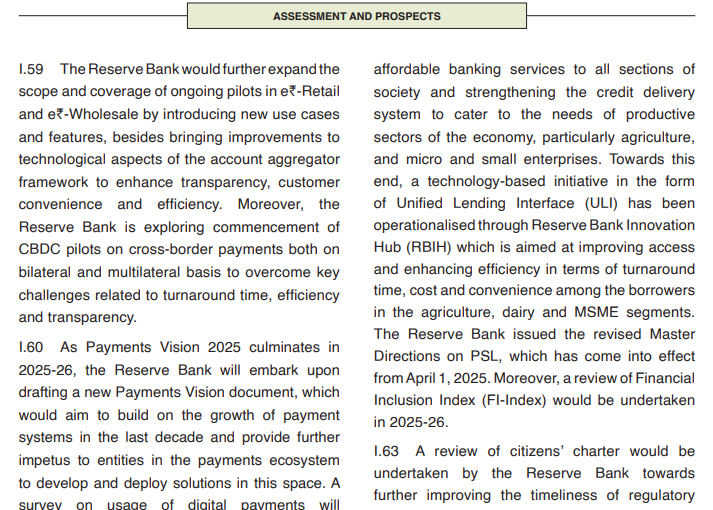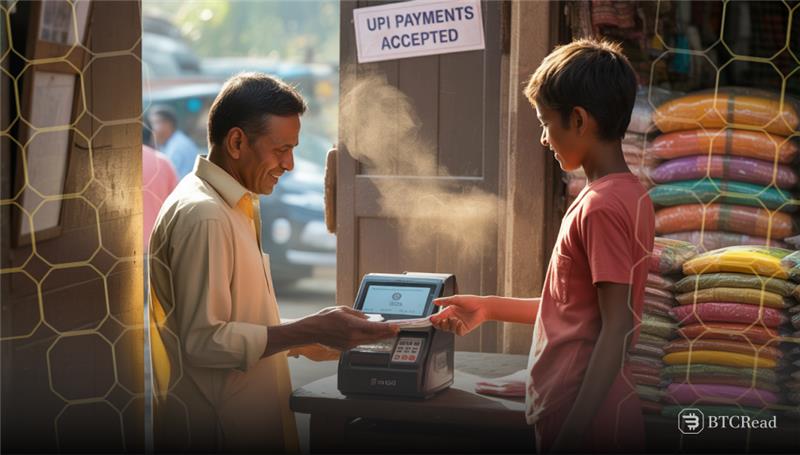The Indian central bank is making significant progress in digital currency. Following its initial launch, the RBI (Reserve Bank of India) is enhancing the digital Rupee (e₹) with offline capabilities and customizable functions. These enhancements let users use the digital Rupee in many places and help them manage their spending more wisely.

Offline CBDC to reach the unconnected.
RBI is starting with offline mode for CBDC to allow people to make transactions even without the internet. This will enable digital payments to reach those living in rural and remote areas who may have trouble accessing the internet.
The central bank is testing various proximity-based means, such as Bluetooth, and non-proximity-based systems. Officials will conduct multiple trials in hilly regions and areas with limited internet connections. As a result, the digital Rupee in India will operate normally even when old forms of digital payments have difficulties.
Programmable digital Rupee for smart spending
Institutions now use the new programmable CBDC to decide how the digital Rupee is spent. As a result, the government can earmark funds exclusively for subsidies, welfare benefits, and other specific purposes. Companies often ensure their staff spend business allowances specifically on travel costs.
India’s CBDC has many innovative elements. Developers can set expiration dates and location limits on the use of certificates.
Faster adoption and financial inclusion
In December 2022, the RBI launched a retail CBDC pilot. By December 2023, more than one million transactions were happening on Web3 Banks each day. Developers expect these enhancements to attract more users. They also aim to improve the digital Rupee’s compatibility with systems like UPI that support offline use.
The enhanced features of the RBI’s CBDC promote increased financial use overall and demonstrate how CBDCs can benefit both people and nations. The idea of India’s digital currency may soon be studied by other countries interested in launching their own.







